Money can’t buy happiness, but it can apparently buy some seriously expensive food. Around the world, wealthy diners drop thousands of dollars on single meals featuring rare ingredients and exclusive preparations.
While most of us stick to regular restaurant prices, these luxury dishes continue attracting customers willing to pay astronomical amounts for bragging rights and once-in-a-lifetime experiences.
1. White Truffles from Alba, Italy
Buried beneath oak trees in Northern Italy, white truffles command prices that make gold look affordable. Professional truffle hunters use specially trained dogs to locate these underground treasures during the brief autumn season.
A single pound can cost anywhere from $2,000 to $5,000, depending on the harvest quality. Restaurants typically shave paper-thin slices over pasta or risotto, charging $200-400 per serving.
The earthy, garlicky aroma is so intense that just a few shavings transform an entire dish into something magical.
2. Wagyu Beef from Japan
Japanese Wagyu cattle live better lives than most humans, receiving daily massages and beer in their diet. This pampering creates marbling so intricate that the meat looks like edible artwork with fat streaks resembling marble patterns.
Authentic A5 Wagyu can cost $300-500 per pound at restaurants. A single steak often runs $200-600, making it one of the world’s most expensive proteins.
The buttery texture literally melts on your tongue, creating an experience that beef lovers describe as life-changing and worth every penny.
3. Beluga Caviar from the Caspian Sea
Beluga sturgeon can live over 100 years, but overfishing has made their eggs rarer than diamonds. These ancient fish produce the largest, most prized caviar pearls in shades of gray and black.
Premium Beluga caviar sells for $3,000-5,000 per pound, with restaurants charging $150-300 for a single ounce serving. The eggs literally pop in your mouth, releasing a creamy, ocean-like flavor.
Many consider it the ultimate luxury food, served on mother-of-pearl spoons to avoid metallic taste interference during this expensive culinary experience.
4. Matsutake Mushrooms from Japan
Growing wild in Japanese pine forests, Matsutake mushrooms have become increasingly rare due to environmental changes. Their spicy, cinnamon-like aroma makes them highly prized in traditional Japanese cuisine.
Prime specimens can cost $1,000 per pound, with restaurant dishes featuring them priced at $100-300 per serving. The mushrooms are often grilled simply to preserve their distinctive fragrance and flavor.
Chefs describe their taste as earthy with hints of spice and pine. Many Japanese consider them essential for authentic autumn cuisine, despite the shocking price tag.
5. Bluefin Tuna from Tokyo’s Tsukiji Market
At Tokyo’s famous fish auctions, single bluefin tuna have sold for over $3 million, though restaurant-quality fish typically cost $200-500 per pound. The deep red meat is considered the holy grail of sushi.
Top sushi restaurants charge $50-100 per piece for premium bluefin tuna nigiri. The fatty belly portion, called otoro, commands the highest prices due to its buttery texture.
Sushi masters spend years learning to properly cut and serve this fish. The melt-in-your-mouth experience justifies the cost for serious sushi enthusiasts willing to pay premium prices.
6. Saffron from Kashmir, India
Hand-harvested from crocus flowers in Kashmir’s high-altitude fields, saffron requires 150 flowers to produce just one gram. Workers must collect the delicate threads at dawn before the flowers wilt.
Premium saffron costs $5,000-10,000 per pound, making it more expensive than gold by weight. Restaurants use tiny pinches to flavor dishes, charging $50-150 for saffron-infused preparations.
The golden color and honey-like aroma transform rice dishes and desserts. Just a few threads can flavor an entire pot of paella or biryani with its distinctive taste.
7. Kopi Luwak Coffee from Indonesia
Asian palm civets eat coffee cherries and partially digest them, creating beans with unique fermentation. Workers collect the beans from civet droppings, wash them thoroughly, and roast them into expensive coffee.
Authentic Kopi Luwak costs $100-600 per pound, with restaurants charging $50-100 per cup. The unusual processing method creates a smooth, less bitter flavor profile that coffee enthusiasts find irresistible.
Many cafes now offer this exotic brew as their premium option. The strange origin story makes it a conversation starter worth the hefty price tag for adventurous coffee lovers.
8. Almas Caviar from Iran
Harvested from albino beluga sturgeon over 100 years old, Almas caviar represents the pinnacle of luxury food. The pale golden eggs come from fish so rare that finding them requires incredible luck and patience.
Selling for $25,000 per kilogram, it’s often called the world’s most expensive caviar. Restaurants serve it in tiny portions, charging $300-500 for just a few spoonfuls on special occasions.
The creamy, nutty flavor is subtle yet complex. Most people will never taste it, making it the ultimate status symbol for wealthy food collectors and luxury dining enthusiasts.
9. Densuke Black Watermelon from Japan
Grown exclusively on Hokkaido island, Densuke watermelons are perfectly round with jet-black rinds. Farmers produce only about 10,000 per year, making them extremely rare and highly sought after.
Premium specimens sell for $1,000-6,000 each at auction, with restaurants offering slices for $100-300. The flesh is incredibly sweet and crisp, with a texture that’s denser than regular watermelon.
Japanese gift-giving culture drives demand, as these watermelons make impressive presents. The combination of rarity, perfect appearance, and exceptional taste justifies the astronomical price for luxury fruit enthusiasts.
10. Yubari King Melon from Japan
Perfectly round with intricate net patterns, Yubari King melons grow in Hokkaido’s volcanic soil under strict conditions. Farmers hand-pollinate each flower and massage the developing fruit to achieve flawless spherical shapes.
Top-grade melons sell for $10,000-45,000 per pair at auction, with restaurants charging $200-500 for each slice. The orange flesh is incredibly sweet and fragrant, with a smooth texture that melts in your mouth.
Japanese business culture treats these melons as prestigious gifts. The perfect appearance and exceptional sweetness make them worth the investment for special occasions and luxury dining experiences.
11. Moose Cheese from Sweden
Only one farm in Sweden produces moose cheese, milking three tame moose named Gullan, Haelga, and Juna. The animals produce milk only during certain months, making this cheese extremely limited and expensive.
Costing $1,000 per pound, it’s considered the world’s most expensive cheese. Restaurants serve tiny portions for $100-200, often paired with special crackers and wine to enhance the unique flavor.
The cheese has a rich, creamy texture with a slightly gamey taste. Production limitations mean most people will never try it, making it the ultimate exclusive dining experience for cheese enthusiasts.
12. Escargot with Gold Leaf from France
French restaurants elevate traditional escargot by adding edible gold leaf and premium ingredients. The snails are cooked in expensive cognac, rare herbs, and butter infused with truffle oil.
This luxury version costs $150-400 per dozen, compared to regular escargot at $20-40. The gold leaf adds no flavor but creates a stunning visual presentation that photographs beautifully.
Chefs use Burgundy snails and age them in special conditions before cooking. The combination of traditional French technique and luxury ingredients appeals to diners seeking Instagram-worthy experiences and bragging rights.
13. Iberico Ham from Spain
Black Iberian pigs roam Spanish oak forests, eating acorns that flavor their meat with nutty undertones. The curing process takes up to four years in mountain caves with perfect humidity and temperature conditions.
Premium Iberico ham costs $200-400 per pound, with restaurants charging $50-100 for thin-sliced servings. The marbled meat has a silky texture and complex flavor that develops during the lengthy aging process.
Spanish ham masters use traditional techniques passed down through generations. The combination of heritage pigs, natural diet, and expert curing creates a product that ham enthusiasts consider absolutely worth the premium price.
14. Fugu Fish from Japan
Fugu preparation requires licensed chefs who train for years to safely remove poisonous organs. One wrong cut can make the fish deadly, adding danger and excitement to this expensive dining experience.
Fugu dinners cost $200-500 per person at licensed restaurants. The fish has a subtle flavor and unique chewy texture that creates a tingling sensation on the tongue.
Many diners order fugu for the thrill rather than taste alone. The combination of skilled preparation, legal restrictions, and potential danger makes it one of the world’s most exclusive and expensive seafood experiences available.
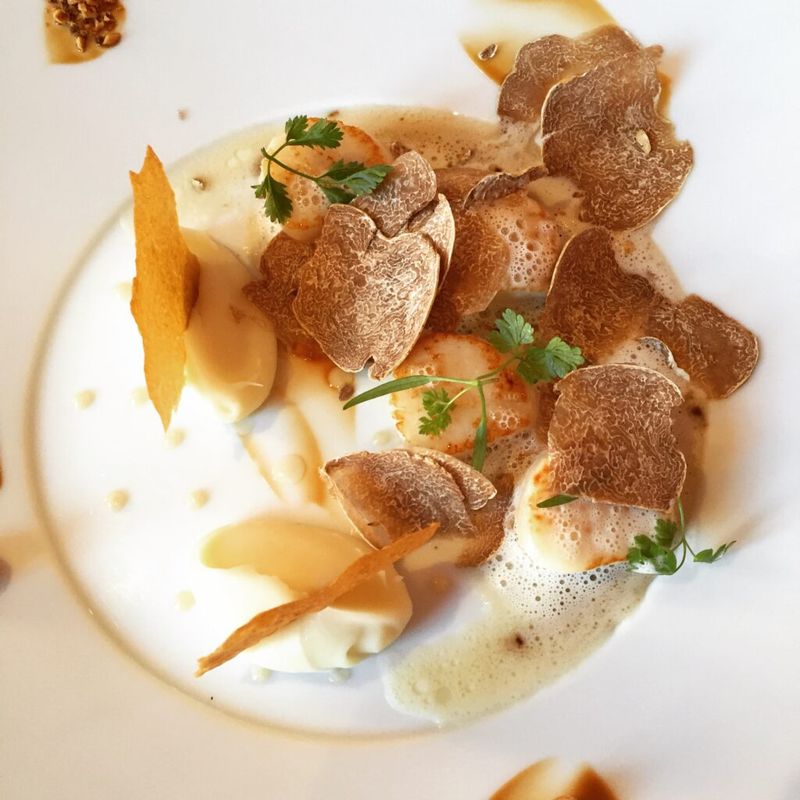
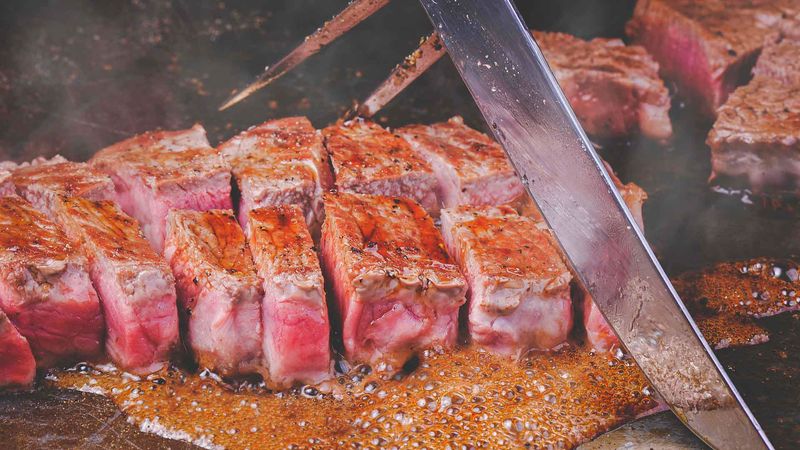
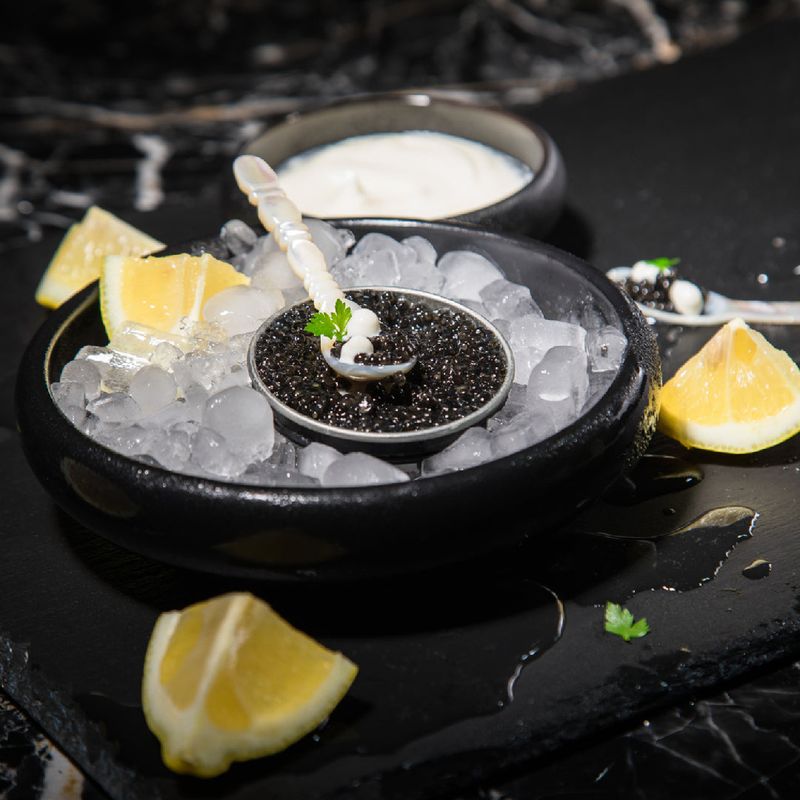
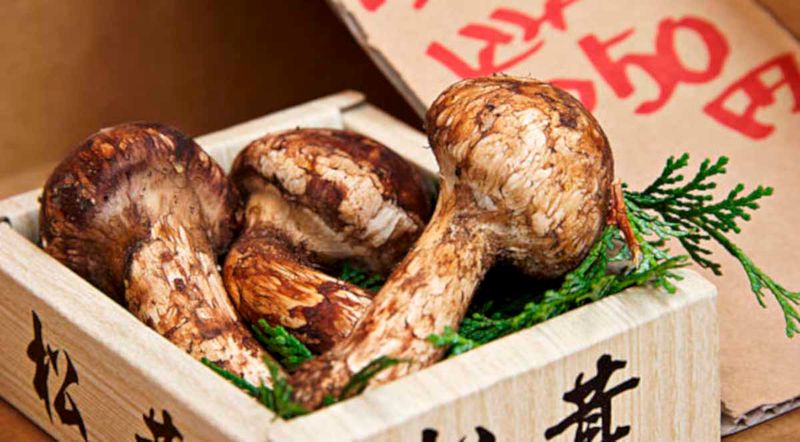
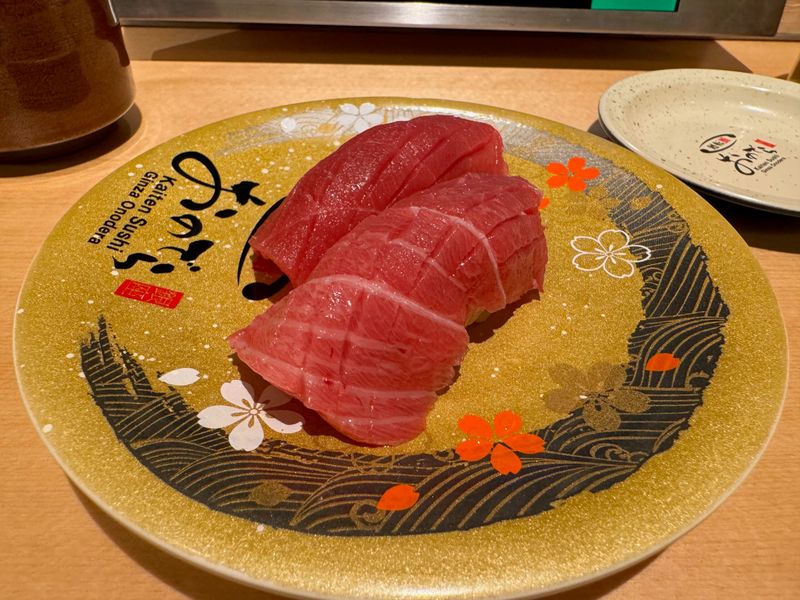
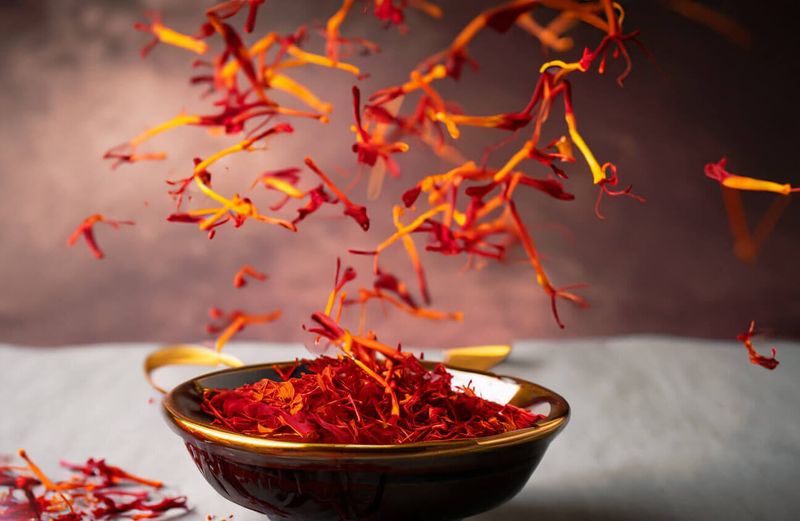
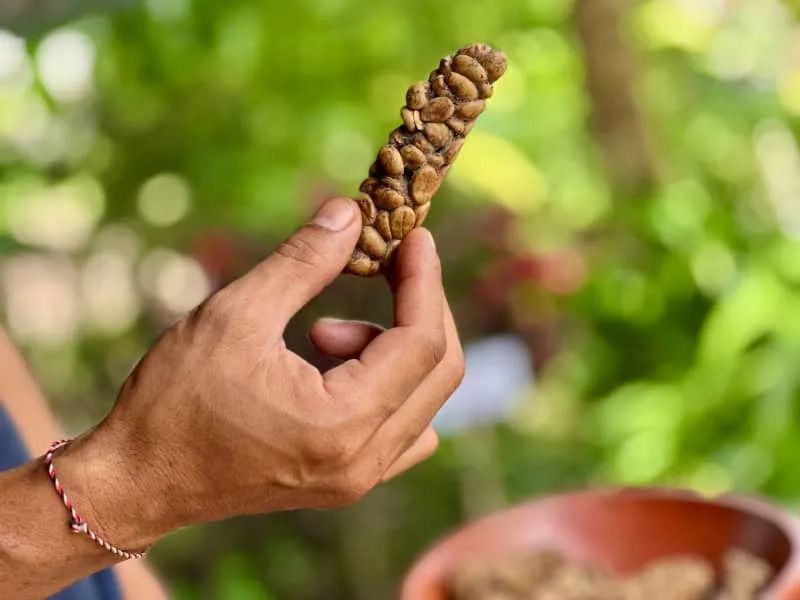
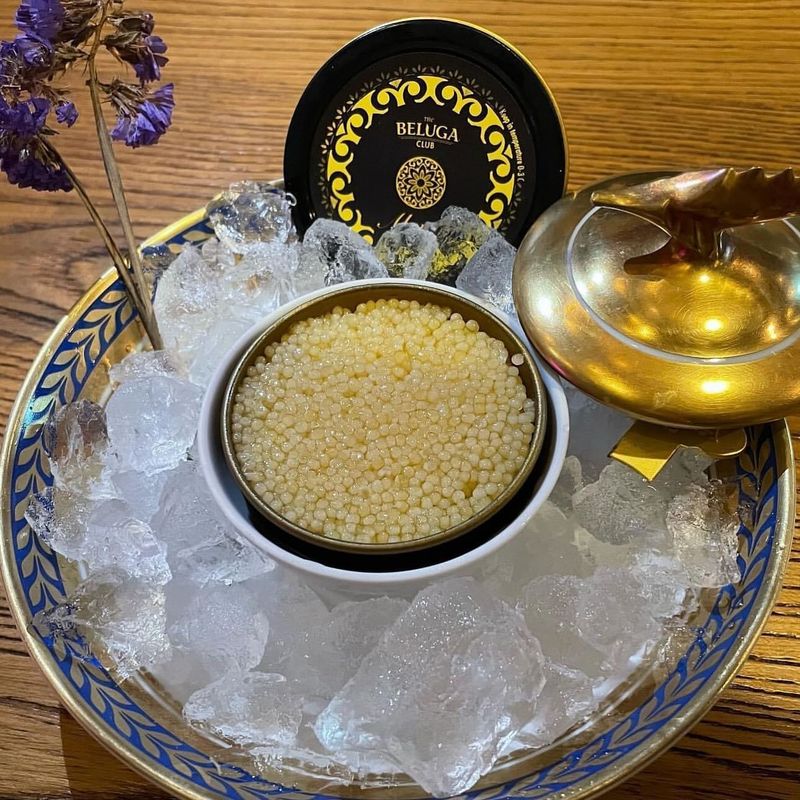
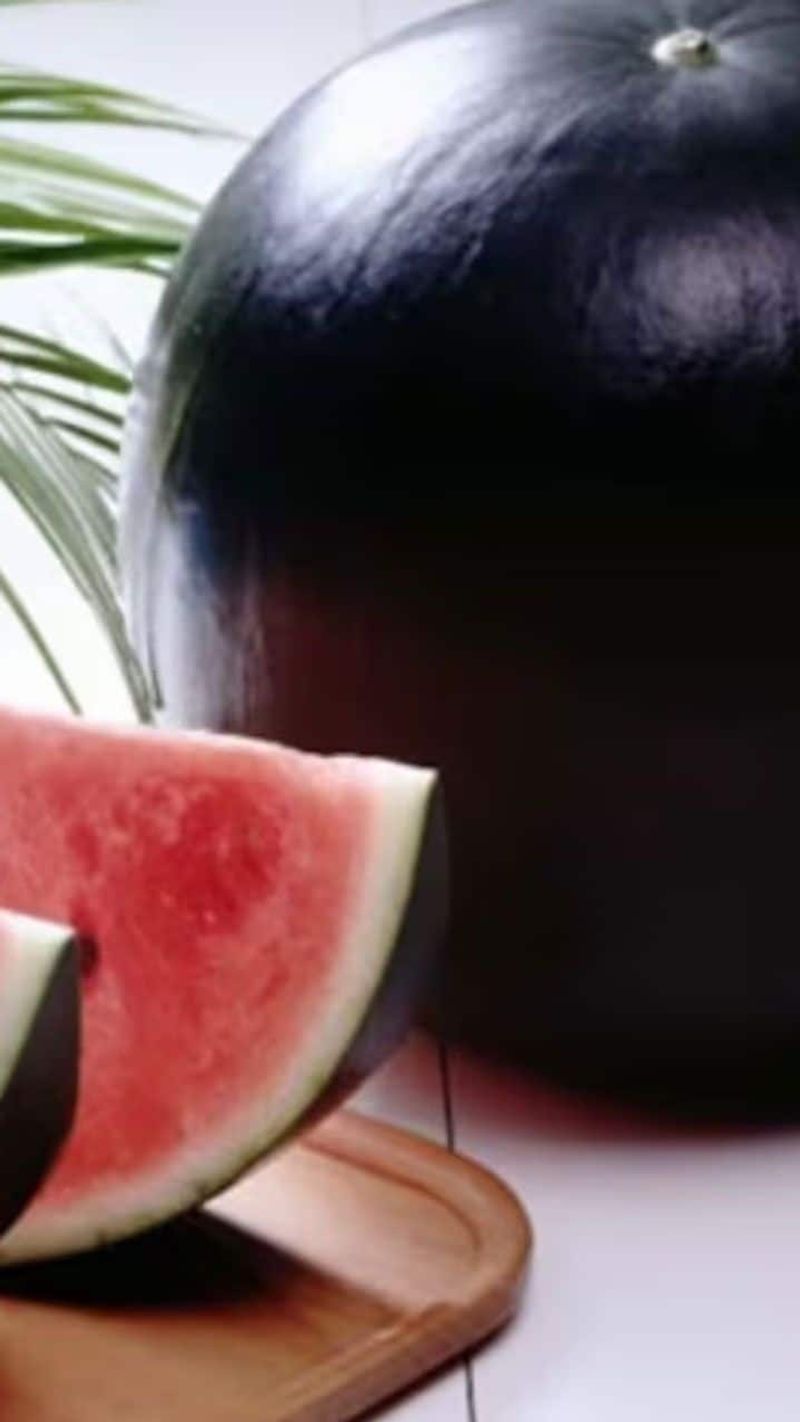
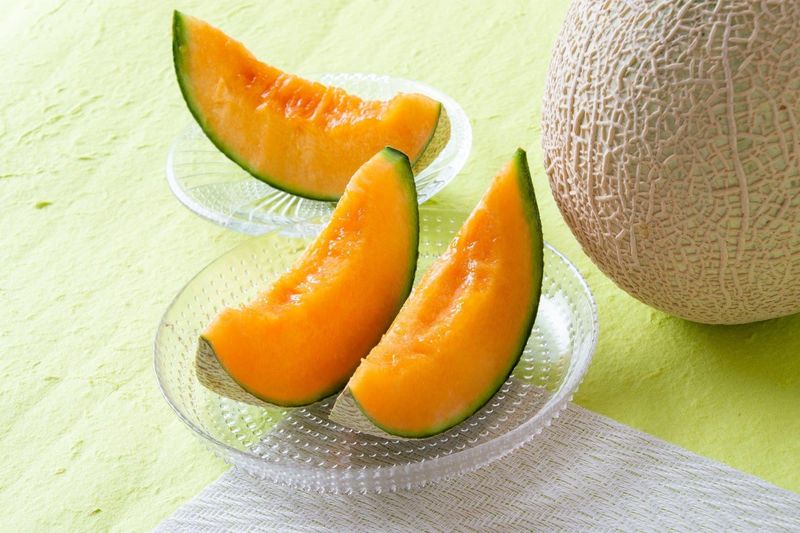
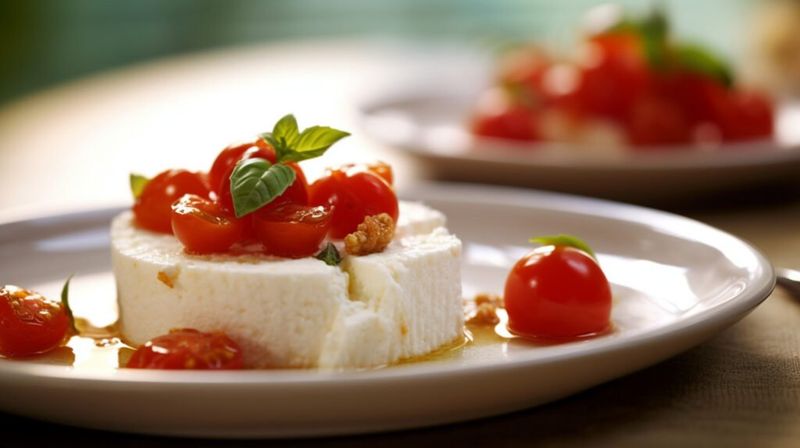
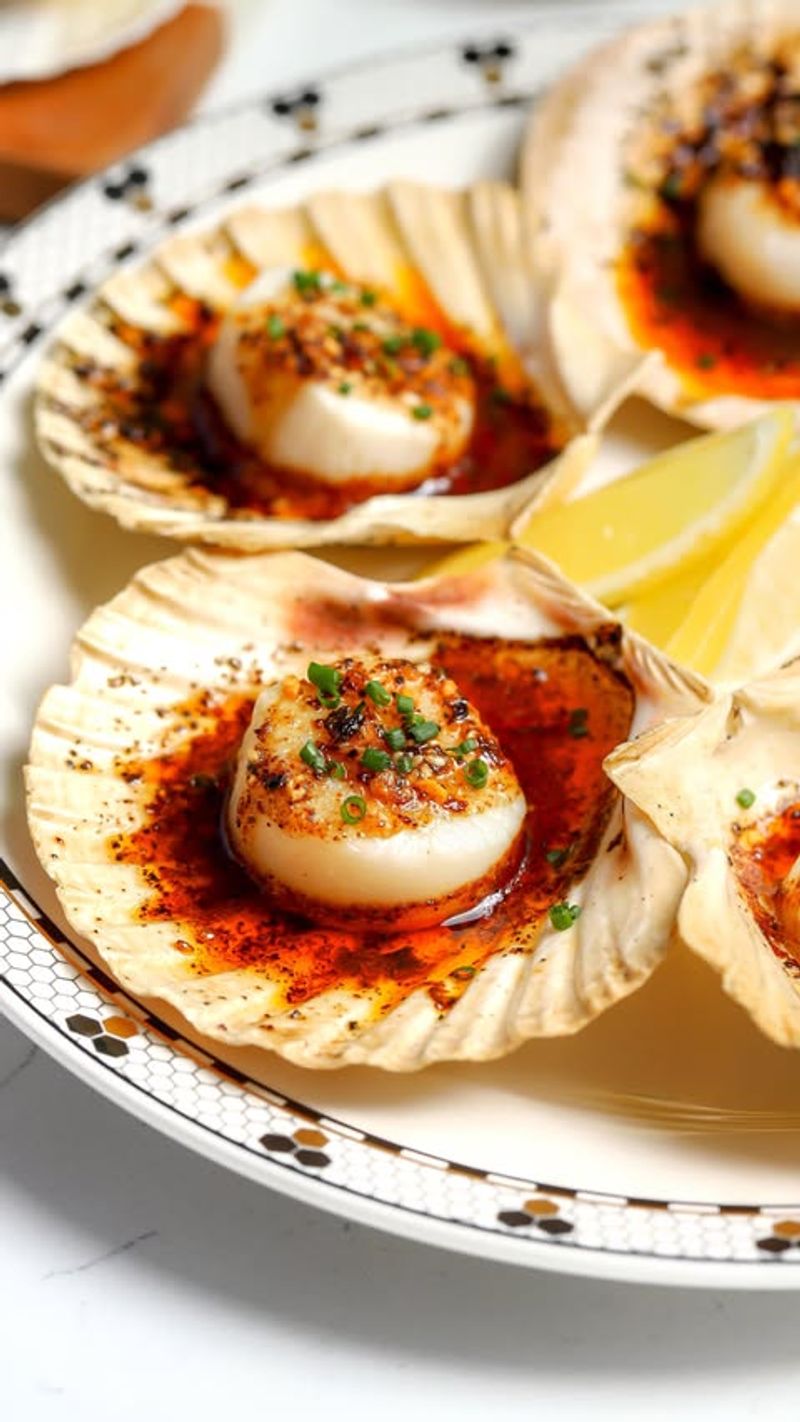
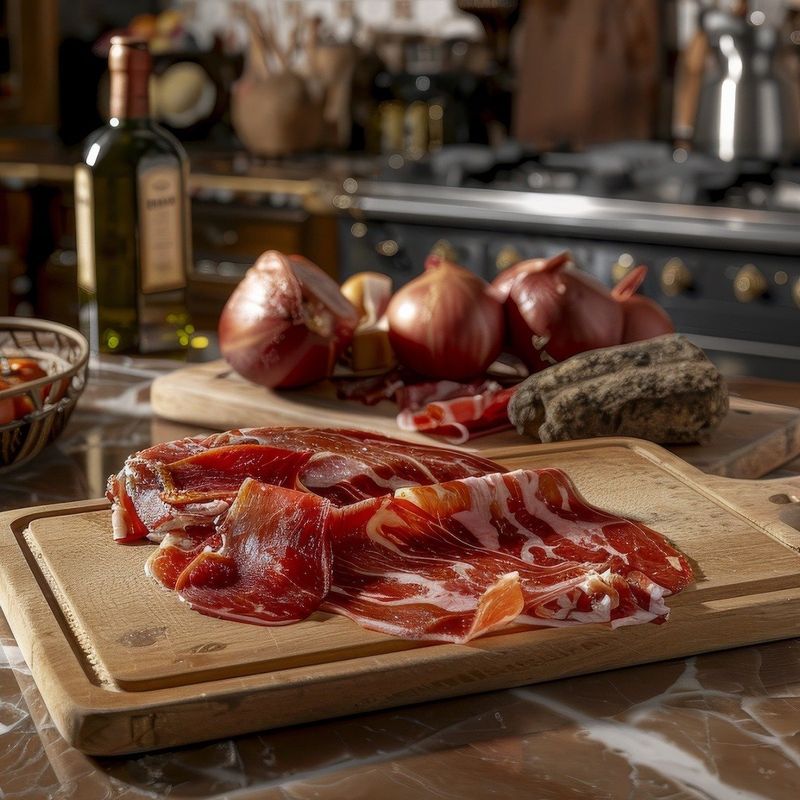
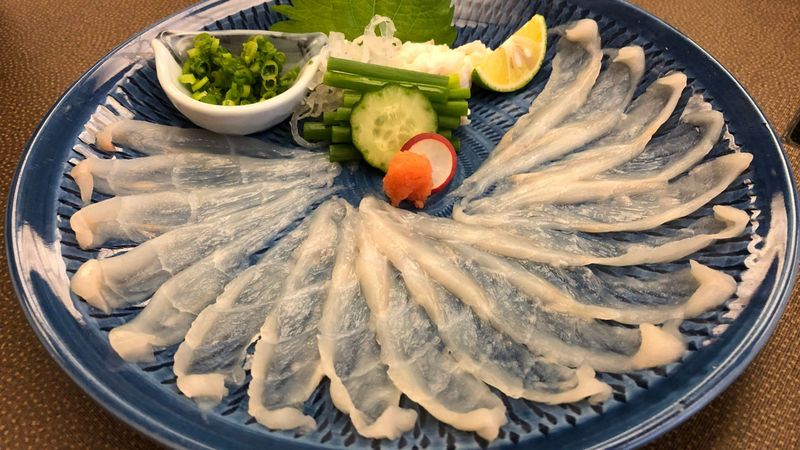
Leave a comment